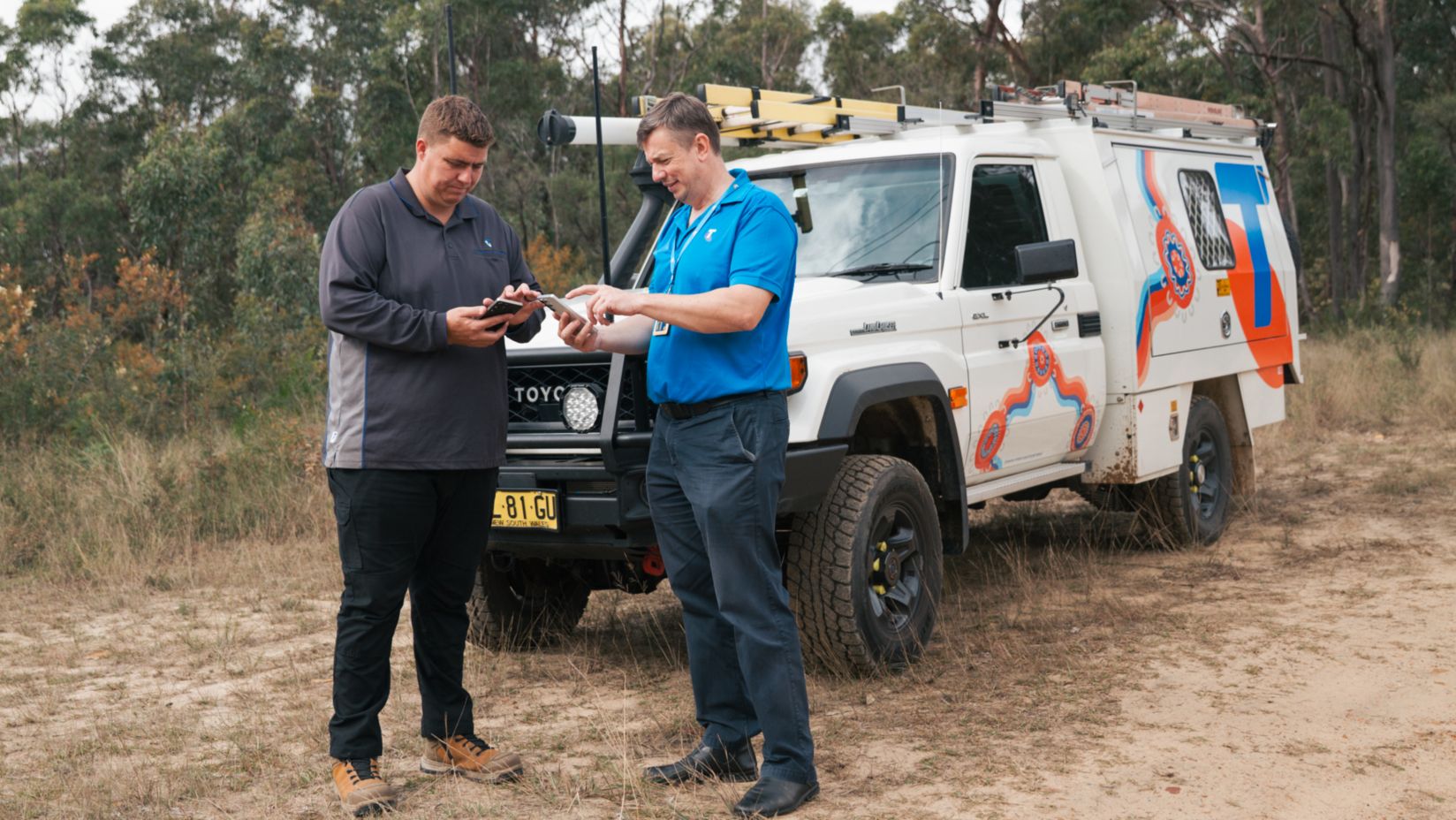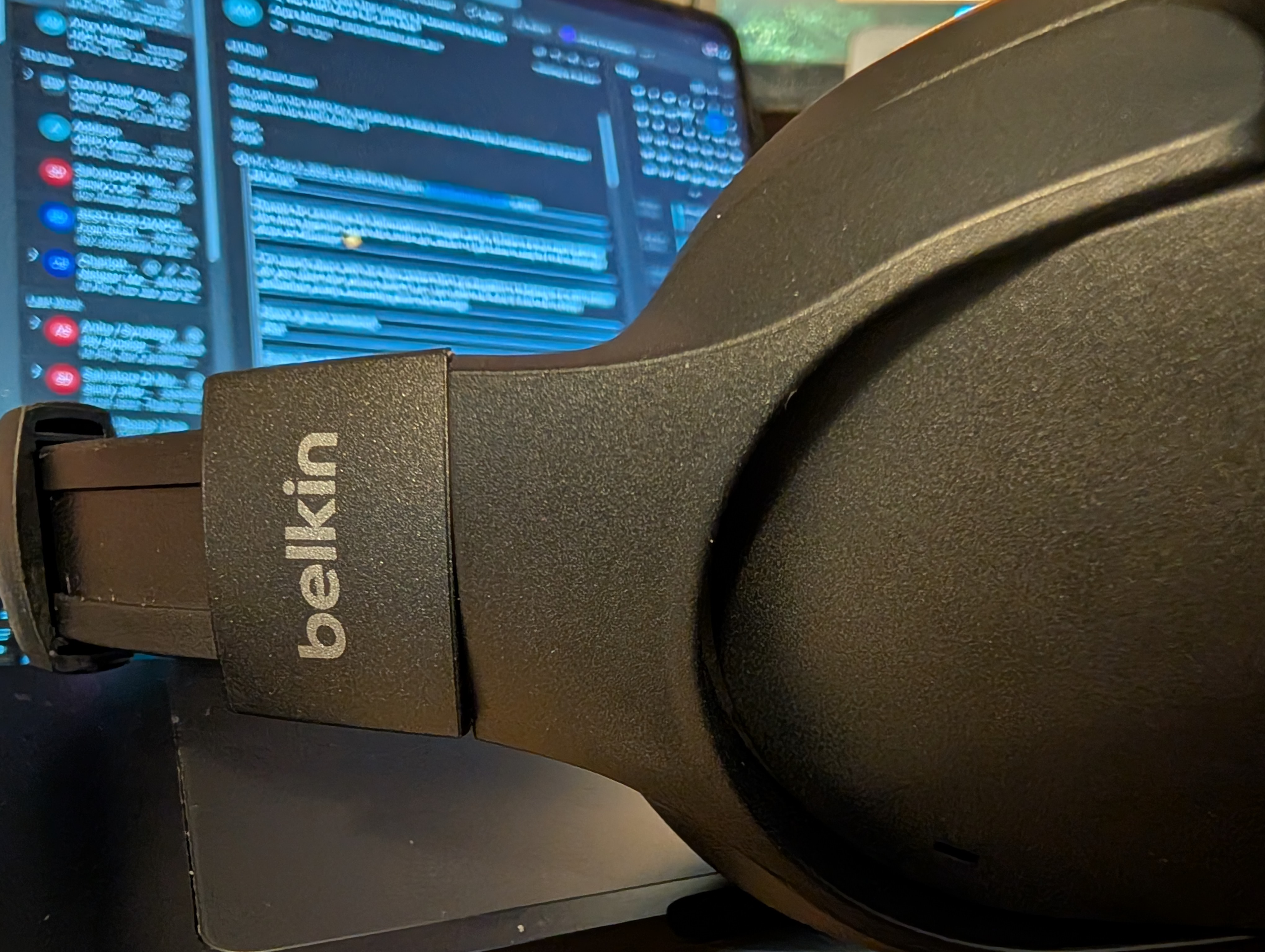Telstra is advancing its satellite-to-mobile technology, having completed trials with Starlink that involved sending 55,000 text messages, paving the way for the launch of satellite-to-mobile messaging for eligible customers in the coming months. This new capability aims to provide basic texting services in some of Australia’s most remote regions.
Engineers at Telstra have been testing and refining the satellite-to-mobile technology to suit Australian conditions since early April. A significant live trial conducted with the Regional Australia team involved the transmission of over 500 messages, which included GPS coordinates and emojis. These tests spanned areas outside Telstra’s existing mobile network coverage in the Northern Territory, Western Australia, Queensland, and New South Wales.
The technology, also known as Direct to Handset (DTH) or Direct to Cell (DTC), utilises Low Earth Orbit (LEO) satellites. It is designed to offer connectivity for essential services in remote locations and could work with existing technology within the latest smartphones.
Upon its initial launch, the satellite-to-mobile service will support SMS text messaging. However, it will not initially support internet-based messaging applications. Telstra notes that the service will be intermittent, with message delivery times varying based on factors such as location, the device used, and satellite availability.
This service is primarily intended for situations where communication is crucial in areas lacking mobile network coverage. Examples include scenarios like a person being stranded due to a flat tire or experiencing delays during a hike. While not positioned as an emergency service, Telstra envisions future enhancements that could include data and voice call capabilities.
For users with supported devices, up-to-date software, and eligible plans, accessing the service will be seamless, requiring no manual activation of settings. Compatible phones will automatically search for a satellite connection when they are out of mobile network range and in an open outdoor area.

The satellite-to-mobile service will be available across mainland Australia and Tasmania. However, it will exclude the Australian Radio Quiet Zone located in Western Australia.
Telstra emphasises that this new satellite technology is designed to complement, rather than replace, its ongoing significant investments in upgrading the traditional mobile network. The company highlighted that it has invested $11.8 billion over the past seven years in enhancing its existing mobile infrastructure.





.jpg)